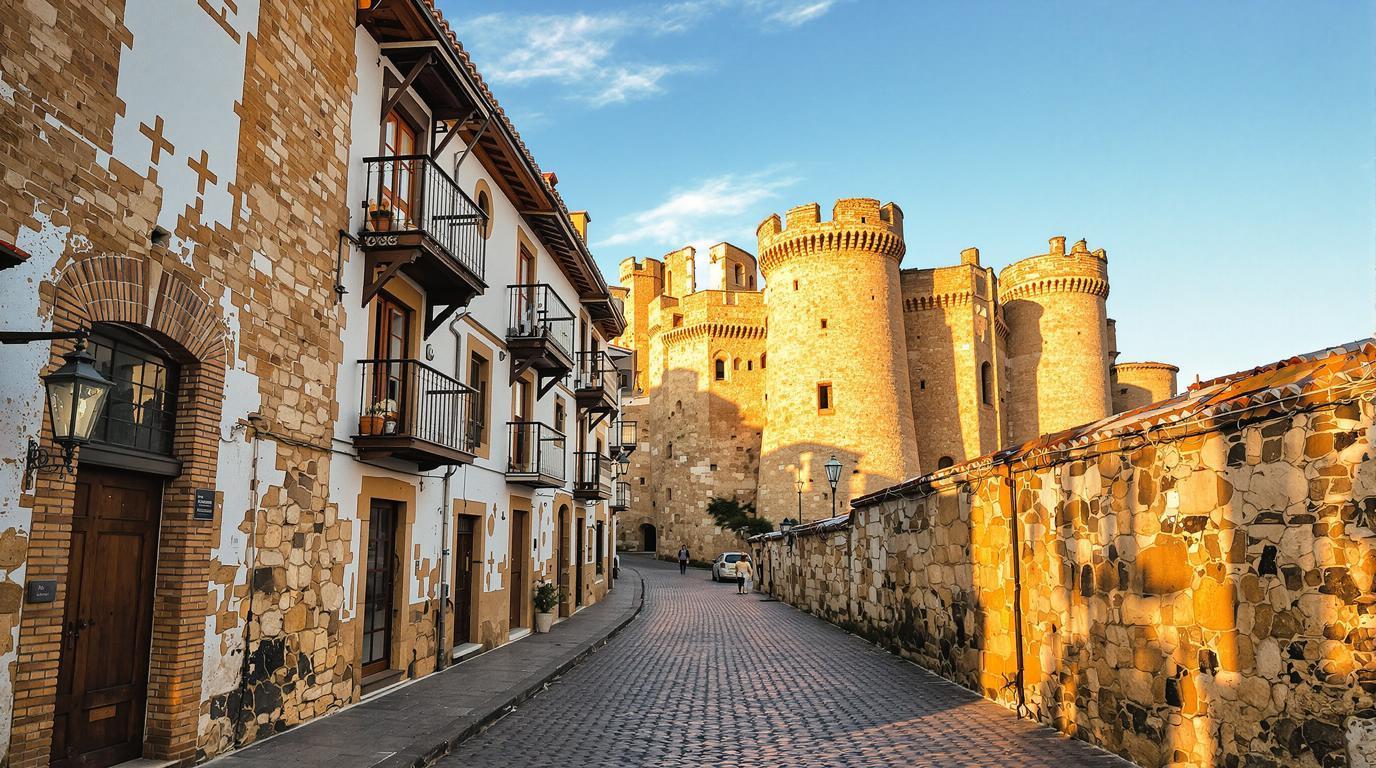Spain’s Catalonia region holds many secrets beyond Barcelona’s familiar buzz. Tucked away in Tarragona province lies Vallmoll, a place where time moves differently – a quintessential Catalan village that offers authentic experiences without the tourist crowds. Just 15 kilometers from Tarragona city, this hidden gem exemplifies rural Spain at its most charming.
A tranquil escape minutes from ancient wonders
Vallmoll sits strategically within easy reach of UNESCO-listed Roman ruins yet feels worlds away from tourism hubs. The 13-minute drive from Tarragona transports visitors from ancient amphitheaters to sleepy village squares where locals gather for evening conversations.
“Our village might be small, but our traditions are mighty. Visitors who find us are treated like family rather than tourists,” says Maria Puig, a lifelong Vallmoll resident who runs a family olive oil business.
This accessibility makes Vallmoll particularly appealing for travelers seeking authenticity while staying connected to major attractions, similar to other hidden Spanish villages that offer proximity to famous filming locations.
Where medieval history whispers
Walking Vallmoll’s narrow lanes reveals glimpses of its 12th-century origins. The remnants of Paborde Castle and the 13th-century Hermitage of Sant Pere tell tales of Catalonia’s complex past. Unlike Tarragona’s grand monuments, these humble structures stand quietly, waiting for curious explorers.
Local historian Josep Vidal explains: “Each stone in Vallmoll has witnessed centuries of Catalan history. The village layout itself is a living museum of medieval urban planning.”
The Mediterranean landscape as artistic canvas
The countryside surrounding Vallmoll offers spectacular vistas that change with the seasons. Spring brings poppies dotting the landscape with splashes of red against green fields. Summer turns the terrain golden as wheat ripens under the intense Catalan sun.
Photographers flock to capture dawn light striking ancient olive groves, creating scenes reminiscent of landscapes found in hidden French villages just across the Pyrenees.
Rural gastronomy: olive oil and vine traditions
Vallmoll’s culinary identity centers around locally-produced olive oil and wines from nearby vineyards. The weekly mercat (market) showcases regional specialties like botifarra sausage, fresh sheep cheese, and seasonal vegetables harvested that morning.
Unlike tourist-oriented establishments, Vallmoll’s eateries serve authentic Catalan cuisine prepared for locals. Dishes like xató (codfish salad with romesco sauce) and escalivada (roasted vegetables) offer true farm-to-table experiences.
Ancient pathways for modern explorers
The surrounding countryside boasts excellent hiking and cycling routes that connect to a network of ancient pathways. These trails once linked medieval villages and Roman settlements, similar to historic pathways found across ancient landscapes worldwide.
The Mediterranean climate makes outdoor exploration pleasant year-round, though spring and fall offer the most comfortable temperatures for active adventures.
Preserving traditions in a modern world
What makes Vallmoll special is its commitment to preserving Catalan heritage. Traditional crafts like glass-blowing and pottery-making continue in small workshops, similar to preserved traditions in French villages near the Mediterranean.
“We don’t perform for tourists – these are living traditions passed through generations,” explains local artisan Carlos Domènech.
Seasonal festivals celebrate agricultural cycles with music, dance, and communal meals, offering glimpses into authentic rural life that has changed little for centuries.
A perfect base for regional exploration
Vallmoll serves as an ideal launching point for exploring Tarragona’s cultural treasures without staying in busy tourist districts. The remarkable architectural marvels of nearby cities become day trips, while evenings offer peaceful village atmosphere.
Visitors who choose Vallmoll experience two distinct faces of Spain: ancient Roman grandeur by day and intimate village life by night. This dual experience creates memories that mass tourism simply cannot provide.
